At The Money: Ben Hunt on How to Use Narrative Information (November 26, 2025)
Do fundamentals or narratives drive market valuations? That is the question so many are wrestling with in today’s 24/7 algo-based platforms and AI-driven mediascape.
Full transcript below.
~~~
About this week’s guest:
Ben Hunt is founder of Perscient, a firm that studies how narratives and stories shape markets, investing, and social behavior through the lens of information theory, game theory, and unstructured data analysis. His work analyzes the language, story arcs, and viral spread of explanations in media
For more info, see:
Persient
Personal Bio
Website: Epsilon Theory
Masters in Business (Coming soon!)
LinkedIn
Twitter
~~~
Find all of the previous At the Money episodes here, and in the MiB feed on Apple Podcasts, YouTube, Spotify, and Bloomberg. And find the entire musical playlist of all the songs I have used on At the Money on Spotify
TRANSCRIPT:
INTRO: Too much information running through my brain, Too much information driving me insane
Investors have long been taught that fundamentals drive stock prices. Revenue, growth, and profits, as Benjamin Graham taught us in the short run. The market is a voting machine, but in the long run, it’s a weighing machine.
But what if it isn’t? What if narratives are driving market valuations? I’m Barry Ritholtz, and on today’s edition of At The Money, we’re gonna discuss how to identify when market narratives overtake fundamentals.
To help us unpack all of this and what it means for your portfolio, let’s bring in Ben Hunt of Perscient. Ben’s firm studies, narratives, and the stories that shape markets investing and social behavior through the lens of information theory. So Ben, let’s start with a definition.
Barry Ritholtz: How do you define a narrative in the context of markets and investing?
Ben Hunt: Let me define it.
So it’s, it’s a simple definition. A narrative is an answer to the question why. Why did the market go up today? Why should you buy this stock? Why should you sell this stock? Why should you vote for this person? Any answer to the question, why is a narrative?
Barry Ritholtz: How do you distinguish between something like data, which I arguably comes with a storyline attached to it and just a straight up, Hey, Bitcoin is millennium or digital gold?
Ben Hunt: How do you define the difference between this, I guess this stock is cheap with a PE of nine is a narrative. Yeah. Well, why is, why is a PE of nine cheap? Or why is a PE of three cheap or 15 cheap? These are all stories, Barry. Any, any, any valuation, any multiple, any meaning that you attach to numbers?
It’s a story. It’s a, it’s a, it’s an answer to the question. Why? Why do I call it cheap? Why do I think you should buy it? Why is this interesting? Those are all why questions and the answer. Are all narratives.
Barry Ritholtz: How do you identify any particular narrative that may be driving a particular stock or asset class or the overall market? What, what tools do do you use to help discern that?
Ben Hunt: Lemme start by saying what I don’t care about. So what I don’t care about is truth or accuracy. I mean, it sounds crazy, but
Barry Ritholtz: Not at all. ’cause you’re trying to figure out what the crowd believes. Yeah. Whether it’s true or not. Well, if it affects their behavior, it matters.
Ben Hunt: I’ve given up on trying to figure out what reality is. What I’m trying to figure out is how is reality being presented? How is it being presented to us? So what I’m looking for are elements of presentation. I’m looking for word choice. I’m looking for how loud is it being presented to you, how frequently it’s being presented to you.
But most of all, I’m looking for a concept that you talk about in network math, and it’s called density. I’m looking for how the language is connected to other words. In fact, those are the, the measurements you use in network math. Those are where they, we talk about betweenness, we talk about connectedness and centrality. Those are the measurements, because I’m looking at the presentation, not at the reality.
Barry Ritholtz: So how do you measure density? You, you hinted at some of it. How loud it is, how repetitive it is. How do you tell when a specific narrative is beginning to exert influence over prices?
Ben Hunt: Bob Schiller wrote a pretty good book, a a couple years back called “Narrative Economics,” and the takeaway from that book is that you should think about and understand narratives in exactly the same way.
You think about and you understand disease, I mean, you, you use the same measurements. You remember when we were talking about COVID, it was or R-not? How, how fast does it spread? How quickly does it spread? What is the medium in which it can spread most easily? It’s exactly the same thing here, it’s exactly the same thing.
We’re really using exactly the same math. As you would use to try to understand epidemiology and the spread of a virus. So what we’re looking at though, instead of the atmosphere or wastewater, we’re looking at the words. We’re looking at all the words that are out there in terms of text of what’s being written, what’s being said.
This is all unstructured data, and we’re looking for the presence of certain ideas, clusters of words that spread through that medium of media in exactly the same way that a virus spreads through the air or through the water. If you’re a financial advisor or you’re a market person of any sort, and somebody comes up, why’d the market go up today?
And you could say, well. There are a hundred different reasons, but basically it was just variance. You know? It’s just, it’s just, it’s just
Barry Ritholtz: A random walk. People. Hate that answer, by the way.
Ben Hunt: People hate that answer ’cause it’s a crappy story. It’s a story. It may be true, but it’s not compelling. Exactly. It’s not truthy. Right. It doesn’t, it doesn’t connect with you. It’s like, well that’s disappointing. I, I want a story so. The stories that are basically there to fill the time. Uh, and these are, these are typically examples where I call ’em descriptive narratives.
They’re, they’re answering the question why, but they’re describing why something happened.
Barry Ritholtz: Always after the fact. Never in advance.
Ben Hunt: Always after the fact. That’s exactly right, Barry. So what you’ll find is that, I don’t know, it’s earning season and who comes out first with earnings. Financials, right. Citi and Goldman Sachs, whoever, they’ll report some good earnings. The stocks will go up and afterwards, Cramer and everyone else has gotta tell you why. And they’ll say, “Oh, I’m bullish on financials.” And they’ll give you a reason.
And the half life for that sort of narrative, it’s a week or two.
You wanna do with that? Honestly, is you wanna fade it. You wanna look for that to appear in your Bloomberg email in the morning saying, oh, market experts bullish on financials because blah, blah, blah. And when that drum beating gets pretty loud when it’s appearing in your morning email. I wanna fade it.
You don’t wanna press it, you wanna fade it because this is, this is just the, the ordinary business of Wall Street. You’ve gotta have an answer to why, it’s almost usually just variance or some combination of idiosyncratic stuff. But you’ve gotta come up with some blanket “Why?” And if that gets a lot of play, I want to go the other way.
There’s another type of narrative though, where I want to press it. That’s what we call prescriptive narratives. It’s not saying, “Oh, the Fed is dovish.” It’s saying, you know, Muhammad Elarian will come out, or, uh, I don’t know. Trump will come out and say, “The Fed should be dovish.”
You see the difference? It’s not, it’s not describing what’s already happened. It’s trying to. Lay the framework for what should happen.
Barry Ritholtz: So let’s delve into that. What sort of tools are you using to identify these narratives? Be they descriptive or prescriptive? How, how much lead time do you get, uh, to analyze, you know, this giant corpus of noise and commentary and data that is produced every single day?
Ben Hunt: This is what good traders, honestly and investors have always done. They’ve, they’ve, they’ve always made these sort of assessments of the news and the stories that are happening. So this, what we’re trying to do is we’re trying to externalize what good traders, and I’ll call it short-term investors, have always done, they’ve always internalized this so.
Anybody can do this. You start looking for the words that are trying to prescribe versus describe, uh, that’ll you, you can, you can pick this up in whatever you do. What we are able to do though today is because there’s now big data is because there’s big compute, is we can read everything. Humans we’re all limited in what we can read, what we can pay attention to in our little corner of the world.
What’s possible today is to read everything and to analyze exactly this sort of word choice.
Barry Ritholtz: What sort of output do you get from your “Big Compute” that’s scraping everything sifting through all the language; does it identify specific words? Does it identify themes? I’m assuming artificial intelligence and big data analytics is a key part of this. What does the output look like to you?
Ben Hunt: Well, lemme start with where it starts, because it’s not that the output comes from what you. Put into it and what you wanna put into it, and this has to be human generated, are, well, what are the ideas, what are the narratives that I care about?
Here’s why that’s important: Let’s say you’re a value investor, you’ve got a vision, you know, you’ve got a view on a stock and like all value investors, you think the market has not recognized the story about this stock that I think is really important.
So what you’re looking for is not, how loud is that story right now? That story is dormant. You’re looking for that story to start being told. So you can’t start this from asking AI, “Hey, AI, what are the prominent stories right now?” Because it can only tell you what’s being spread right then and there.
The way to really make money with narratives, is to say what narrative is dormant today, I wanna see when it starts to get discovered.
Its that discovery phase when the market quote unquote, wakes up to a story that you’ve been looking for the market to wake up to. That’s how I find you can most reliably make money from narrative investing.
Barry Ritholtz: I get the sense we’re still in the early days of narrative investing as a key strategy, at least in terms of using AI and big data. What do you see developing in this space? What’s the narrative about narrative investing?
Ben Hunt: This is an old idea. So if you, if you go back and kinda look at your Wall Street history, or if you talk to kind of traitors today, what they’re always looking at is the news that comes along and they’re trying to say, Hey, do I fade that? You know, is that story worn out? Is it, is, is that, is it topping over or does this story have legs?
Is this the start of, its spread like a virus? It’s an old idea, what’s possible today is to quantify it. What’s possible today is to externalize what good traders have internalized in the past. It’s not that it’s, inventing cold fusion or really doing anything that’s new in the world. What it is able to do is to make that sort of analysis, to look at not what reality is, but how reality is being presented and make it available over a much wider scope, not over just that little area that the Good Trader really knows a lot about and make it available over a lot more publications and things that are being written because humans can’t read everything really.
I think it’s a way of, I hate to call it democratizing investing. I really hate that idea. But it really is a notion of creating a new instrument so every investor can understand, well, what are the stories that are being told about the world today?
Barry Ritholtz: To wrap up, technology has enabled us to read much more than we were capable of reading as individuals. In fact, the machines can read everything and we can use those machines to identify dormant narratives that might lead to increases in either a particular stock or asset class or market. Fair statement?
Ben Hunt: Very fair. What you’re looking for is what’s new, what’s changed, because when the narrative changes, that changes behavior.
Barry Ritholtz: Fascinating stuff. I’m Barry Ritholtz. This is Bloomberg’s At the Money.
OUTRO:
Too much information running through my brainToo much information driving me insaneToo much information running through my brainToo much information driving me insane
~~~
Find our entire music playlist for At the Money on Spotify.
The post At The Money: How to Use Narrative Information appeared first on The Big Picture.

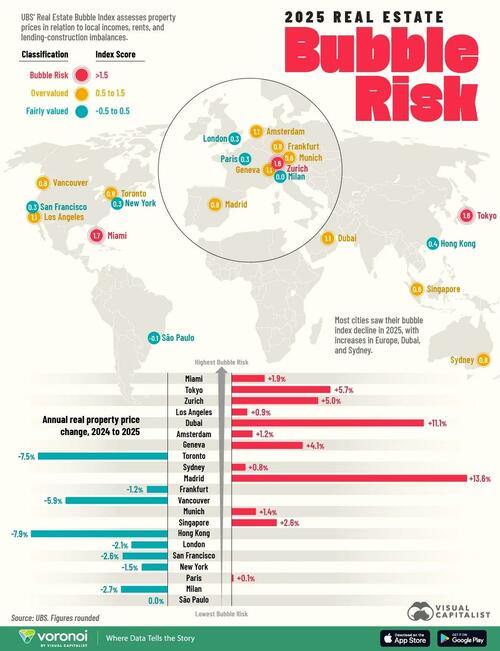


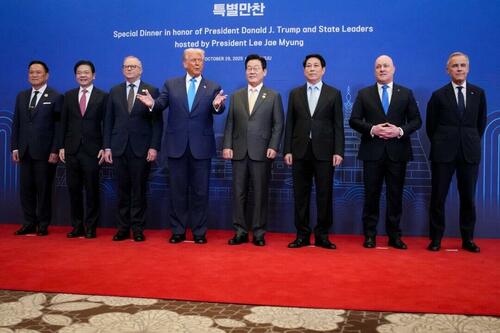

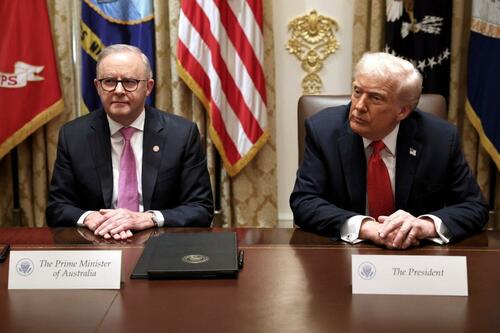

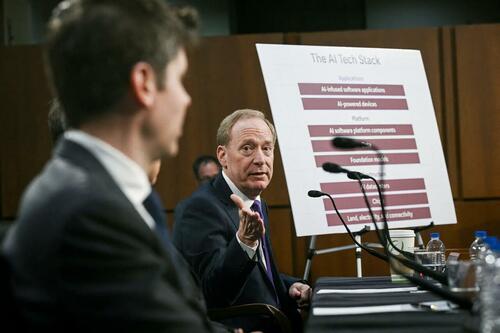
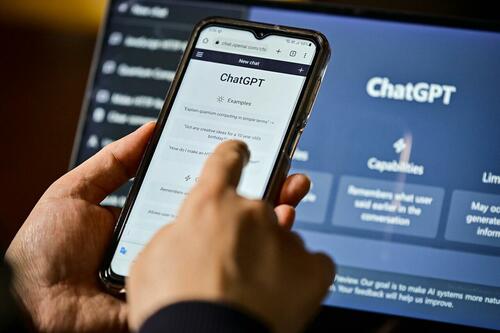
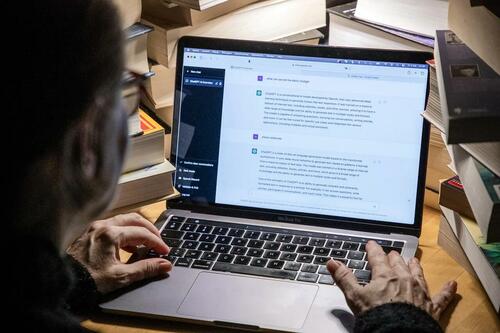





 Source: Belga
Source: Belga



 Large blazes at the Khor Mor Oil and Gas Field in Northeastern Iraq
Large blazes at the Khor Mor Oil and Gas Field in Northeastern Iraq






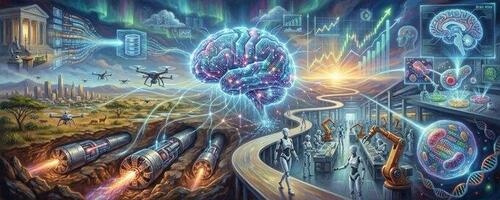

 Old and new: Bamboo continues to be widely used in Hong Kong's construction and renovation projects, even on modern buildings like this (via
Old and new: Bamboo continues to be widely used in Hong Kong's construction and renovation projects, even on modern buildings like this (via 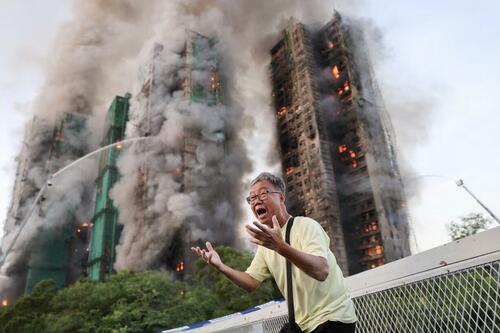 A man reacts as firefighters struggle to extinguish the towering inferno behind him (Tyrone Siu /
A man reacts as firefighters struggle to extinguish the towering inferno behind him (Tyrone Siu /  The fires erupted in Wednesday afternoon, but blazed on in spectacular fashion well into the night (via NEXTA)
The fires erupted in Wednesday afternoon, but blazed on in spectacular fashion well into the night (via NEXTA)



Recent comments